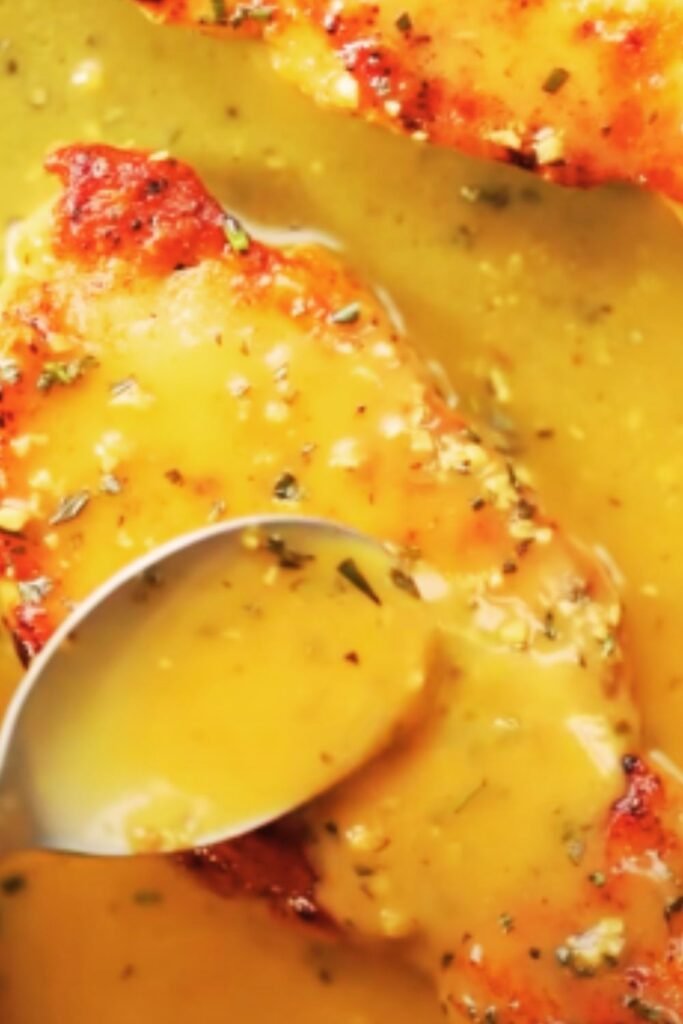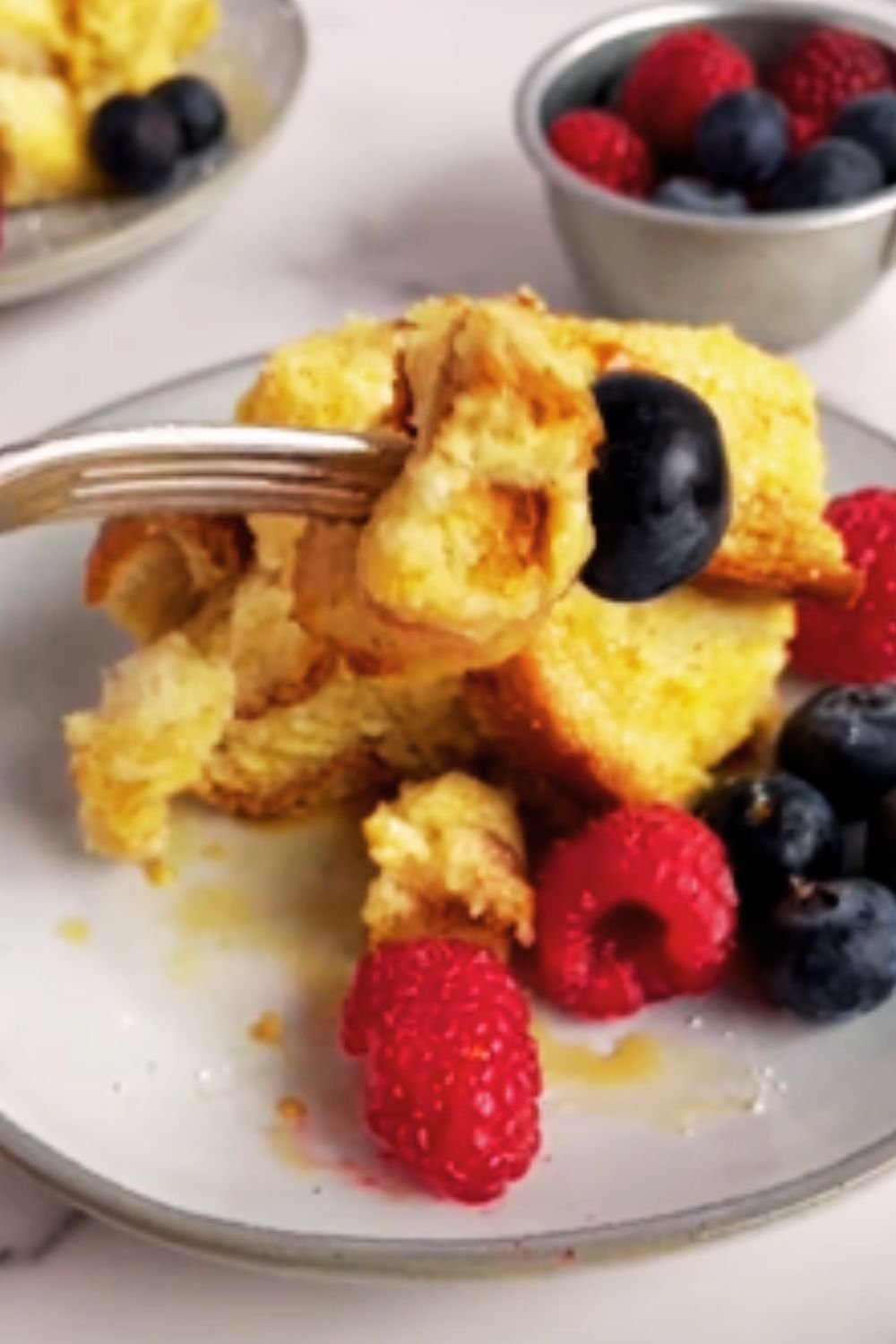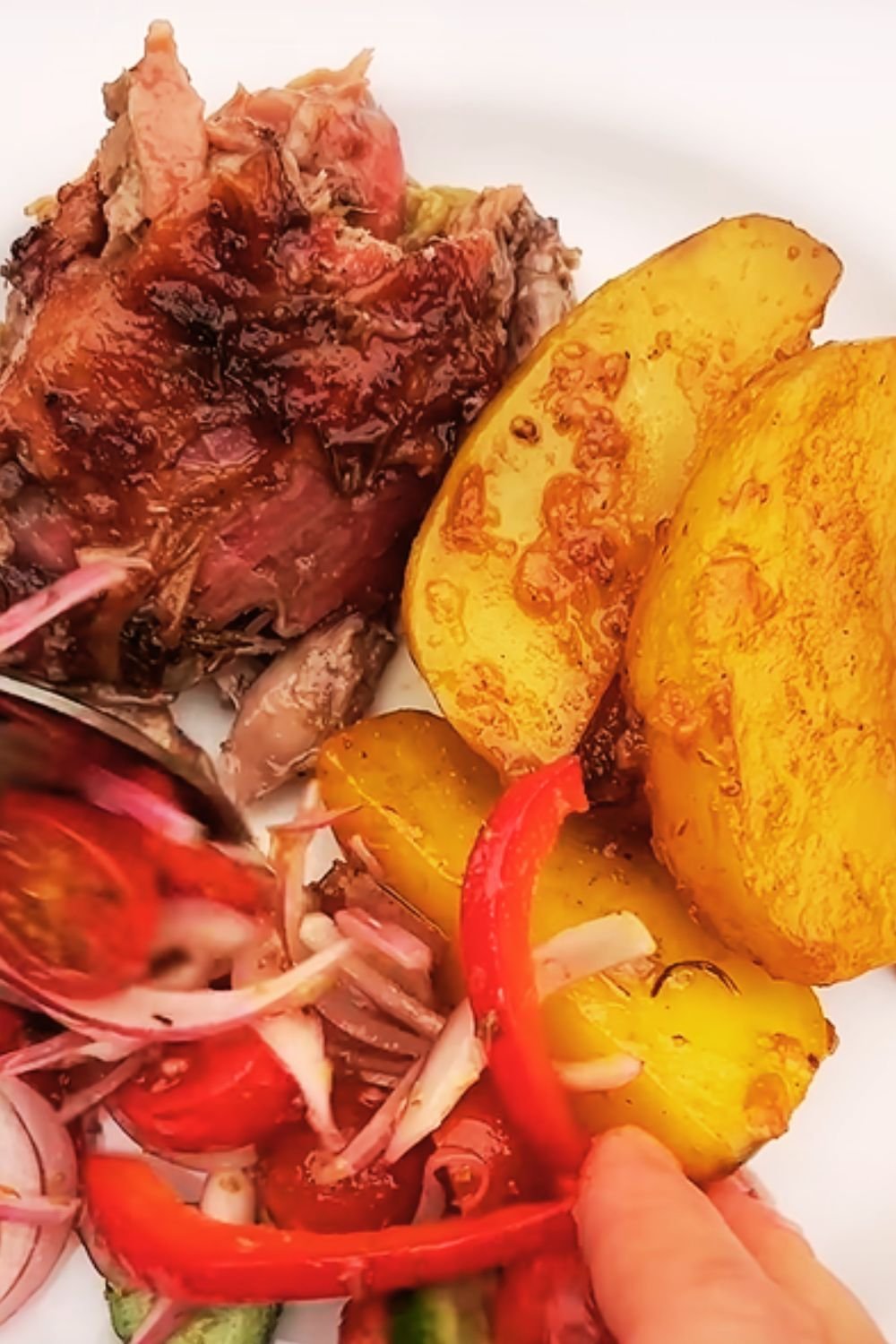Have you ever bitten into a pork chop only to find it tough, dry, and disappointing? I’ve been there too many times to count. After years of trial and error in my kitchen, I’ve finally mastered the technique for creating pork chops that are so tender they literally melt in your mouth. Today, I’m sharing all my secrets with you.
The Science Behind Tender Pork
Before diving into recipes, let’s understand why pork chops often turn out tough. The key lies in understanding the meat’s structure and cooking chemistry.
Pork tenderness depends on:
- Muscle fiber composition
- Fat content and marbling
- Cooking temperature
- Cooking method
- Resting time
Modern pork is bred to be leaner than in decades past, which makes it healthier but also more challenging to cook to perfection. With less fat to keep the meat moist, achieving that melt-in-your-mouth texture requires specific techniques.
Selecting the Perfect Pork Chops
The journey to tender pork chops begins at the meat counter. Here’s what I look for when selecting pork chops:
Thickness : Aim for chops at least 1-inch thick, preferably 1.5 inches. Thin chops cook too quickly and often end up dry.
Marbling : Small streaks of fat throughout the meat indicate flavor and moisture. More marbling generally means more tender results.
Color : Look for pork with a pinkish-red color. Avoid meat that’s pale or has dark spots.
Bone-in vs. Boneless : Bone-in chops typically have more flavor and stay juicier. The bone acts as an insulator, slowing the cooking process near it.

The Magic of Brining
The single most transformative technique I’ve discovered for creating tender pork chops is brining. This simple process involves soaking the meat in a salt solution before cooking.
Basic Brine Formula
| Ingredient | Amount | Purpose |
|---|---|---|
| Water | 4 cups | Base fluid |
| Kosher salt | 1/4 cup | Tenderizes meat |
| Brown sugar | 1/4 cup | Adds flavor, helps browning |
| Aromatics (optional) | To taste | Infuses flavor |
| Ice cubes | 2 cups | Cools brine quickly |
Why Brining Works
Brining does three important things:
- Salt denatures proteins, allowing them to retain more moisture
- The meat absorbs some of the brine, adding moisture before cooking
- Salt restructures muscle fibers, making them less likely to tighten during cooking
I always brine my pork chops for at least 30 minutes, but 2-4 hours produces the best results. For thick cuts, you can brine up to 12 hours.
Flavor-Boosting Brine Additions
To enhance your brine with more flavor, try adding:
- Crushed garlic cloves
- Fresh herbs (rosemary, thyme, sage)
- Peppercorns
- Bay leaves
- Citrus zest
- Apple cider
The Perfect Cooking Methods
There isn’t just one way to achieve melt-in-your-mouth pork chops. I’ve perfected several methods, each with its own advantages.
Method 1: The Reverse Sear
This is my go-to method for thick-cut pork chops. It produces an evenly cooked interior with a beautiful crust.
Steps:
- Preheat oven to 250°F (121°C)
- Pat brined pork chops dry with paper towels
- Season generously with freshly ground black pepper (salt is already in the meat from brining)
- Place on a wire rack over a baking sheet
- Insert a meat thermometer if available
- Bake until internal temperature reaches 120°F (49°C), about 30-45 minutes
- Remove from oven and rest while heating a cast iron skillet until very hot
- Add a high-smoke-point oil like grapeseed or avocado
- Sear chops for 1-2 minutes per side until golden brown
- Let rest for 5-10 minutes before serving
Method 2: Sous Vide + Sear
For the most foolproof, perfectly cooked pork chops:
Steps:
- Set sous vide water bath to 140°F (60°C) for medium
- Place brined pork chops in vacuum-sealed bags or ziplock bags with air removed
- Cook for 1-4 hours (longer time won’t overcook but will make them more tender)
- Remove from bags and pat completely dry
- Sear in very hot skillet with oil for 30-60 seconds per side
- Rest briefly and serve
| Sous Vide Temperature | Doneness Level | Texture Description |
|---|---|---|
| 130°F (54°C) | Medium-rare | Very pink, extremely juicy |
| 140°F (60°C) | Medium | Slightly pink, very tender |
| 150°F (66°C) | Medium-well | Barely pink, still moist |
| 160°F (71°C) | Well done | No pink, but still tender if brined |
Method 3: The “Low and Slow, Then Sear” Stovetop Method
No oven or sous vide machine? No problem! This stovetop method works beautifully:
Steps:
- Start with brined, room-temperature pork chops
- Pat dry and season with pepper and desired spices
- Heat a heavy skillet over medium-low heat
- Add 1 tablespoon oil
- Place pork chops in the pan
- Cook slowly, about 6-8 minutes per side, until internal temperature reaches 135°F (57°C)
- Remove to a plate
- Increase heat to high
- Add another tablespoon of oil
- Return chops to pan for 1 minute per side to develop crust
- Rest for 5-10 minutes before serving

Flavor Profiles and Seasoning Combinations
While properly cooked pork chops are delicious with just salt and pepper, I love experimenting with different flavor profiles. Here are some of my favorite combinations:
Classic Herbs & Garlic
- 2 teaspoons fresh rosemary, minced
- 2 teaspoons fresh thyme, minced
- 4 garlic cloves, minced
- 1 teaspoon black pepper
- 1 tablespoon olive oil
Mix all ingredients into a paste and rub on pork chops before cooking.
Sweet & Spicy Rub
| Ingredient | Amount | Flavor Profile |
|---|---|---|
| Brown sugar | 2 tablespoons | Sweetness, helps caramelization |
| Smoked paprika | 1 tablespoon | Smoky depth |
| Cayenne pepper | 1/4 teaspoon | Heat |
| Garlic powder | 1 teaspoon | Savory notes |
| Onion powder | 1 teaspoon | Background sweetness |
| Black pepper | 1 teaspoon | Spice |
| Dried thyme | 1/2 teaspoon | Herbal notes |
Mix all ingredients and apply generously to pork chops before cooking.
Asian-Inspired Marinade
- 3 tablespoons soy sauce
- 1 tablespoon sesame oil
- 1 tablespoon rice vinegar
- 1 tablespoon honey
- 2 teaspoons grated ginger
- 2 cloves garlic, minced
- 1/2 teaspoon Chinese five-spice powder
Combine ingredients and marinate pork chops for 30 minutes after brining and before cooking.
Sauces That Elevate Your Pork Chops
A great sauce can take your melt-in-your-mouth pork chops to the next level. Here are three easy sauces I make regularly:
Simple Pan Sauce
After searing your pork chops, don’t waste those flavorful brown bits in the pan:
- With pan still hot, add 1/4 cup chicken stock to deglaze
- Scrape up all brown bits with a wooden spoon
- Add 1/2 cup more stock and simmer until reduced by half
- Turn off heat and whisk in 2 tablespoons cold butter, one piece at a time
- Season with fresh herbs, salt and pepper to taste
Creamy Dijon Sauce
This elegant sauce pairs perfectly with the juicy pork:
- In the same pan after cooking pork, add 1 tablespoon butter and 1 minced shallot
- Sauté until translucent
- Add 1/4 cup white wine vinegar and reduce by half
- Add 1/2 cup heavy cream and 2 tablespoons Dijon mustard
- Simmer gently until slightly thickened
- Stir in 1 tablespoon fresh chopped herbs (tarragon works beautifully)
Apple Cider Reduction
The natural affinity between pork and apples makes this a winner:
- In a saucepan, combine 1 cup apple cider and 1 tablespoon apple cider vinegar
- Add 1 sprig rosemary and 2 star anise pods (optional)
- Simmer until reduced by two-thirds (should be slightly syrupy)
- Remove herbs/spices
- Whisk in 1 tablespoon cold butter
- Season with a pinch of salt
Side Dishes That Complement Pork Chops
The perfect sides can make your melt-in-your-mouth pork chops the star of a memorable meal. Here are my favorite pairings:
Vegetable Sides
- Roasted Brussels sprouts with balsamic glaze
- Garlic-butter green beans
- Braised red cabbage with apples
- Roasted root vegetables with maple and thyme
- Creamed spinach with nutmeg
Starchy Sides
| Side Dish | Preparation | Pairing Notes |
|---|---|---|
| Creamy mashed potatoes | Add butter, cream, roasted garlic | Classic comfort food pairing |
| Buttered egg noodles | Toss with herbs and brown butter | Light yet satisfying |
| Wild rice pilaf | Cook with mushrooms and herbs | Nutty contrast to juicy pork |
| Sweet potato puree | Add orange zest and a touch of maple | Sweet complement to savory pork |
| Polenta | Cook with parmesan and herbs | Creamy texture contrasts with meat |

Troubleshooting Pork Chop Problems
Even with the best techniques, things can sometimes go wrong. Here’s how I address common pork chop issues:
Problem: Pork chops are tough and dry : Likely overcooked. Use a meat thermometer and cook to 140-145°F internal temperature. Remember carryover cooking will raise temperature another 5-10 degrees while resting.
Problem: Pork tastes bland : Insufficient seasoning or brining. Try a longer brine time or more flavorful seasonings.
Problem: Exterior not browning well : Make sure to pat meat completely dry before searing. A bit of sugar in your seasoning can help with browning.
Problem: Uneven cooking : Let chops come to room temperature for 30 minutes before cooking. For thick cuts, use the reverse sear method.
Problem: Meat curling up while cooking : Score the fat cap around the edges at 1-inch intervals to prevent curling.
Making Ahead and Storage Tips
I often prepare elements of this dish ahead of time to make dinner easier:
- Brine pork chops up to 12 hours in advance
- Prepare dry rubs and store in airtight containers for up to a month
- Make sauces a day ahead and refrigerate; reheat gently before serving
For leftovers:
- Store cooked pork chops in the refrigerator for up to 3 days
- Reheat gently in a 300°F oven with a splash of broth until just warm
- Slice cold leftover pork chops thinly for sandwiches
Frequently Asked Questions
Q: Is it safe to eat pork that’s still pink in the middle?
Absolutely! The USDA lowered the recommended safe cooking temperature for pork to 145°F with a 3-minute rest time. At this temperature, pork may still have a pinkish hue but is completely safe to eat. Using a good instant-read thermometer is the most reliable way to ensure your pork is both safe and delicious.
Q: Why do I need to rest meat after cooking?
Resting allows the juices to redistribute throughout the meat. When meat cooks, the juices are driven toward the center. If you cut into it immediately after cooking, those juices will run out onto your cutting board rather than staying in the meat. A 5-10 minute rest for pork chops makes a huge difference in juiciness.
Q: Can I use a brine if I’m watching my sodium intake?
Yes, you can reduce the salt in your brine by half and extend the brining time. Alternatively, try a “dry brine” by applying salt directly to the meat and letting it sit uncovered in the refrigerator for 24 hours. Much of the salt gets rinsed away before cooking, but you’ll still get the tenderizing benefits.
Q: What’s the difference between various cuts of pork chops?
There are several types of pork chops, each with unique characteristics:
- Rib chops: These come from the rib section and have a curved bone along one side. They’re tender with good fat marbling.
- Center-cut chops: From the area between the ribs and sirloin, these have both loin and tenderloin meat.
- Loin chops: Very lean with mild flavor.
- Sirloin chops: From the hip area, these have more flavor but can be tougher.
- Shoulder chops: More fat and connective tissue, requiring longer cooking methods.
Q: My pork chops always seem to come out tough. What am I doing wrong?
The most common reason for tough pork chops is overcooking. Pork today is much leaner than in the past, so it dries out quickly when cooked too long. Try using a meat thermometer and removing the chops from heat when they reach 140°F for medium (they’ll continue cooking to about 145°F while resting).
Q: Can I use these same techniques for other cuts of pork?
Many of these techniques, especially brining, work well for other lean cuts like pork tenderloin or pork loin roast. For fattier cuts like pork shoulder or ribs, low and slow cooking methods like braising or smoking are more appropriate.
Final Thoughts
Creating truly melt-in-your-mouth pork chops isn’t complicated, but it does require attention to detail. The key elements—proper selection, brining, careful temperature control, and adequate resting—make all the difference between mediocre and magnificent results.
I hope these techniques and recipes inspire you to give pork chops another chance if you’ve been disappointed in the past. With these methods, you’ll create pork chops so tender and juicy that they’ll become a regular feature in your cooking rotation.
Remember that practice makes perfect, and don’t be discouraged if your first attempt isn’t exactly as you imagined. Each time you cook pork chops, you’ll develop a better intuition for timing and temperature. Before long, you’ll be the one sharing your secrets for melt-in-your-mouth pork chops!


